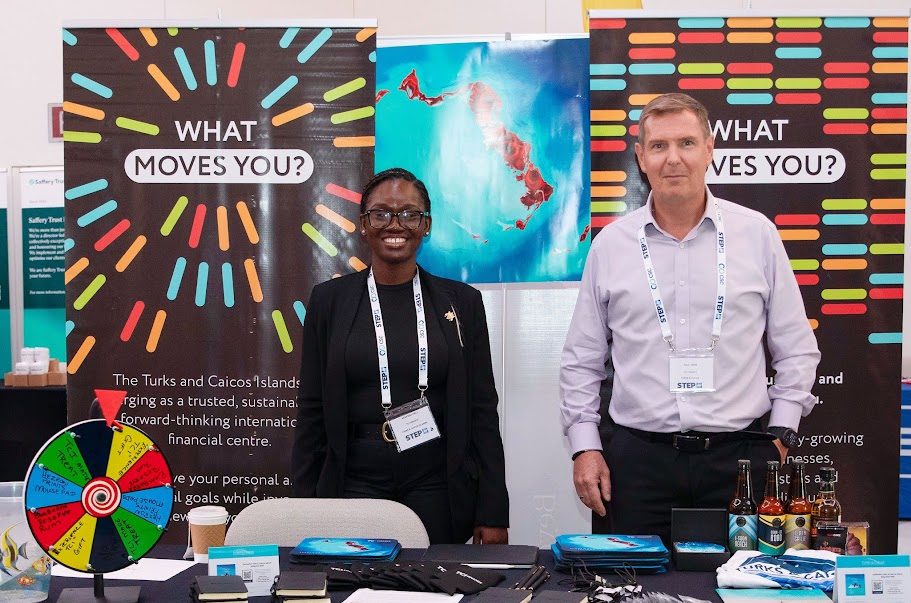5 Key Take-Aways from STEP Cayman 2025

The STEP Cayman Conference 2025 brought together industry experts, advisors, and family office representatives to explore the evolving landscape of wealth management. This year’s discussions focused on critical insights that affect families and their advisors in preserving and growing wealth through generations. From the alarming statistic that 90% of family wealth dissipates by the third generation to the impact of emerging digital trends and innovative structures in succession planning and asset protection, the conference provided valuable perspectives on navigating contemporary challenges. Below are my five key takeaways that encapsulate the vital themes and actionable strategies shared during the event.
1) Wealth Loss Across Generations
One of the stark realities highlighted at the STEP Cayman conference is that 90% of families experience a loss of wealth by the third generation. This phenomenon, often referred to as “shirtsleeves to shirtsleeves in three generations,” underscores the importance of effective wealth transfer strategies. As wealth is passed down, it often becomes diluted or mismanaged due to a lack of financial literacy or differing values among heirs. To mitigate this risk, families are increasingly recognizing the need for comprehensive education, communication, and strategic planning that aligns each generation’s understanding and appreciation of wealth. Establishing a solid framework through intentional planning can help preserve family legacies and ensure that wealth continues to provide for future generations.
With younger and younger individuals creating significant wealth in a very short time frame, guidance from trusted financial advisors is becoming more and more critical to maintaining that wealth across generations and maintaining a sufficiently diversified portfolio.
2) Trends in Asset Protection and Succession Planning
The conference revealed significant trends in asset protection and succession planning, particularly among Latin American families, who show a preference for real estate investments due to their perceived stability and the protective advantages they offer. Furthermore, many families are embracing philanthropy, choosing to allocate a considerable portion of their wealth to charitable causes, which not only fosters a culture of giving but also serves to educate younger generations on the value of creating impact whilst generating their own independent wealth. While U.S. privacy laws attract families seeking to shield their wealth, the UK presents a contrasting scenario. Here, families often leverage reduced Inheritance Tax (IHT) rates by leaving 10-15% of their estates to charity, yet there is no indication that this percentage is increasing with the global trend. Overall, a more deliberate approach to wealth structure and education appears essential in crafting legacies that resonate through generations.
3) Managing the Digitally Native Generation
Advisors face the challenge of effectively engaging with the new Digitally Native Generation, a cohort that has grown up in an interconnected world. This generation values transparency, immediate responses, and digital-first interactions, which necessitates a shift in advisory practices. At the conference, experts discussed how integrating technology into financial planning and wealth management can enhance client engagement and streamline communication. Additionally, recognizing cultural trends and preferences is vital for building trust and rapport. Advisors must adopt innovative techniques to meet the expectations of this demographic, leveraging tools such as digital platforms for financial education and engagement, thereby creating an environment that empowers them to take an active role in their financial futures.
The other challenge with the Digitally Native Generation, and many traditional investors, is the increasing demand to has Crypto Currency investments amongst the Trust assets. In theory, digital assets are just another asset type to be included in the Trust Deed, but they pose unique challenges, and Trustees are well advised to be directed to buy, be directed to hold, and outsource as much risk as possible. This is particularly true when considering custody of these assets to protect from loss and theft. Outsource the custody using reputable wallets (hot and cold storage solutions). Stay informed about the legal and regulatory frameworks governing cryptocurrencies in your jurisdiction, particularly around AML/KYC. Maintain communication with the beneficiaries and implement contingency plans to manage unforeseen events.
4) The Changing Use of Foundations
The role of foundations is evolving as families seek more flexible and adaptable structures for philanthropy and wealth management. As foundations increasingly serve as vehicles for impact investing and social entrepreneurship, families are embracing the potential to align their values with tangible contributions while addressing pressing societal needs. However, the digital asset panel at the conference highlighted that the use of such Foundation structures has increasingly been used for Decentralised Autonomous Organisations (DAO’s). Foundations are perfect for housing an AI driven protocol, under a governance body. In DAO’s the Founders do not run the Foundation although they may be one of the directors. This allows the DAOs to have a legal personality with appropriate regulation and has resulted in a burgeoning new industry in Cayman.
5) Are You Really Listening to your Clients
A recurring theme at the STEP Cayman conference was the importance of truly listening to clients and understanding their unique needs, motivations, and aspirations. Advisors often fall into the trap of imposing pre-existing structures or solutions that may not fully align with a client’s vision for their wealth. This “shoehorn” mentality can inadvertently neglect the individual complexities of each client’s situation. Instead, the emphasis was on providing a white-glove service that prioritizes tailor-made solutions rather than a one-size-fits-all approach. With the increasing diversification of wealth among families, many clients, especially those in the sub-$100 million bracket, may feel overlooked despite requiring the same level of diligence and care as larger clients. By cultivating an ethos of true engagement and bespoke service, smaller independent advisors are filling this gap, fostering deeper relationships, and ensuring every client feels valued and understood.